From time to time we have special classes, workshops, and dances that we identify as either “basic,” “intermediate,” or “advanced.” You might be wondering what we mean by those terms, and how to tell whether or not one of those events is right for you. While there are no official definitions of basic, intermediate and advanced dancers in the Scottish Country Dancing lexicon, what follows are some guidelines you may find useful.
A basic Scottish Country Dancer is still becoming comfortable with the five basic steps and the formations listed below for intermediate dancers. Basic dancers often need to walk a dance through at least once from more than one position to learn it and will likely need help to recover from a mistake.

An intermediate Scottish Country Dancer is comfortable with the five basic steps and the formations listed below. By “comfortable,” we mean that if asked to dance any of the below formations, intermediate dancers would be able to do so with only a brief reminder. Intermediate dancers can usually learn a dance of moderate complexity (ex: The Montgomeries Rant, Mrs Stewart’s Jig, Monymusk and similar dances) by watching one couple walk it through. Intermediate dancers can usually recover from mistakes on their own.
Formations intermediate dancers should know include:
Advance and retire
Allemande
Back to back
Balance in line
Casting
Chain formations: grand chain, grand chain for three couples, ladies’ chain
Corner formations: turn corners and partner, set to and turn corners, set to corners
Cross over
Double triangles
Figure of eight
Hands across
Hands round and back
Lead down the middle and up
Petronella turn
Pousette (in reel and jig time)
Promenade for three couples
Reels of three
Rights and lefts
Setting in line
Stepping up and down
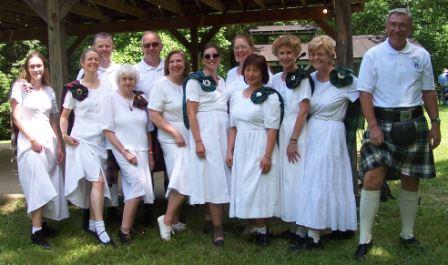 An advanced Scottish Country Dancers is proficient at the five basic steps and the intermediate formations, has learned additional steps like the Highland Schottische and Glasgow Highlanders setting steps and is comfortable with additional formations like the strathspey pousette, reels of four, the knot and others. By “proficient,” we mean that if asked to dance any of the intermediate formations, advanced dancers would be able to do so without a reminder and with good footwork, handing, phrasing, covering and teamwork. Advanced dancers can usually learn a dance of moderate complexity from a talk through or by reading the text description and cannot only recover quickly from their own mistakes but help less experienced dancers recover.
An advanced Scottish Country Dancers is proficient at the five basic steps and the intermediate formations, has learned additional steps like the Highland Schottische and Glasgow Highlanders setting steps and is comfortable with additional formations like the strathspey pousette, reels of four, the knot and others. By “proficient,” we mean that if asked to dance any of the intermediate formations, advanced dancers would be able to do so without a reminder and with good footwork, handing, phrasing, covering and teamwork. Advanced dancers can usually learn a dance of moderate complexity from a talk through or by reading the text description and cannot only recover quickly from their own mistakes but help less experienced dancers recover.
We have one additional level of dancer: Teacher. Teachers meet the above guidelines for advanced dancers and have completed at least Part 1 of the two-part teacher certification process of the Royal Scottish Country Dance Society. In addition to dancing at an advanced level, teachers have been specifically trained to teach Scottish Country Dancing and to evaluate other dancers’ level of ability and development needs.
If in doubt about what level class you should be in, ask one of your teachers! Happy dancing!
![]() Fun was had by all!
Fun was had by all!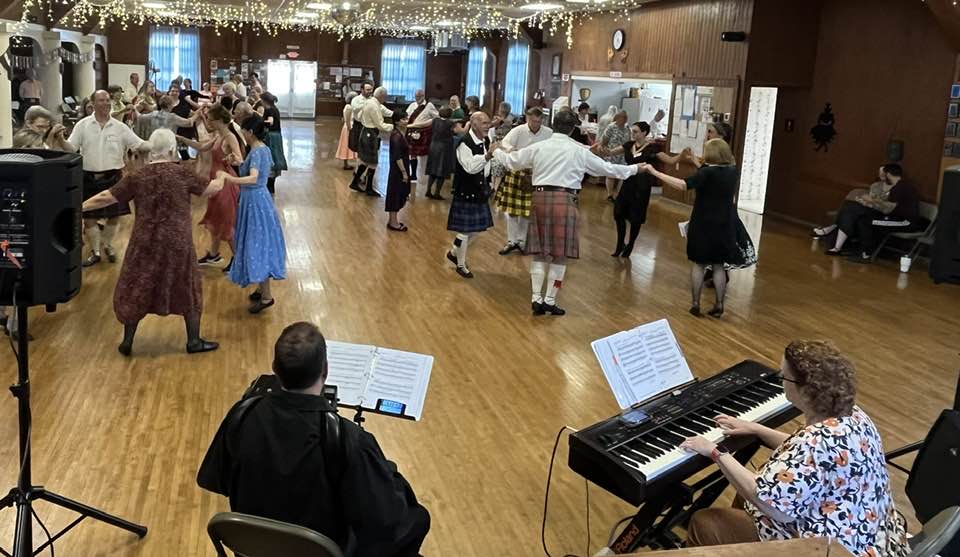
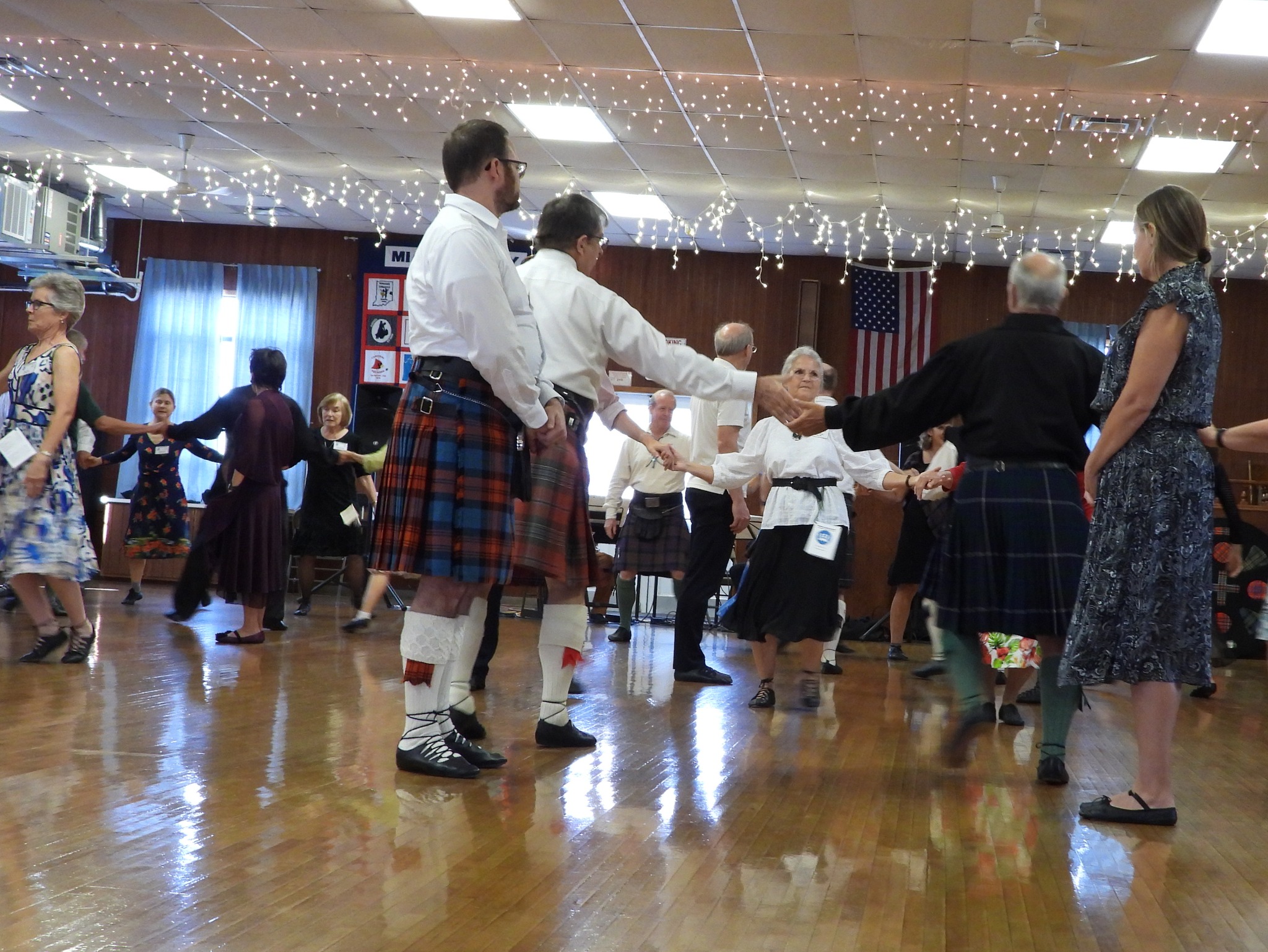
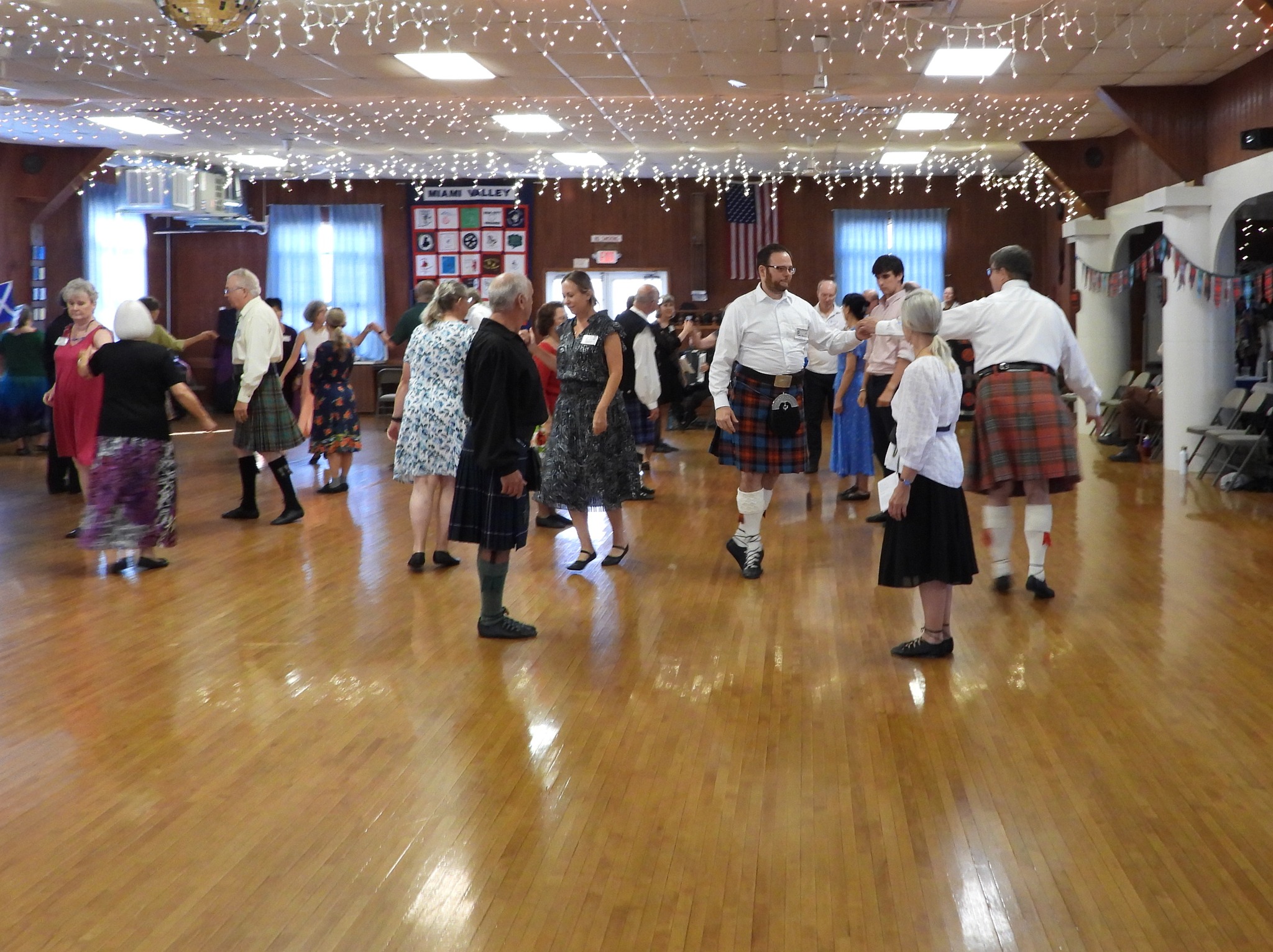

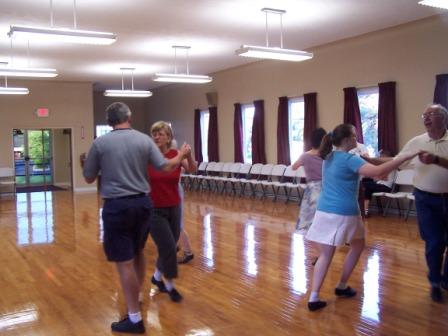


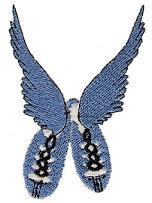 The Swelterin’ Strathspey
The Swelterin’ Strathspey 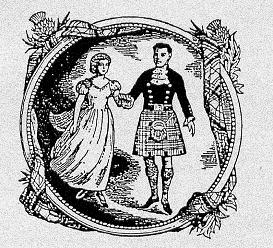 The July 28th Jig
The July 28th Jig